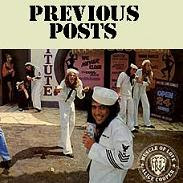British Hercules Plane Crashes In Iraq
The crash occurred at around 5:25 p.m. about 20 miles northwest of Baghdad, a spokesman for the British Ministry of Defense. Press Association quoted unidentified military sources saying the death toll was "around 10" and it was "highly unlikely" to be more than 15. The plane was flying from Baghadad to the town of Balad, a U.S. military official said. Helicopters were at the scene and observing the wreckage, which was scattered over a large area, the official said, speaking on condition of anonymity. Britain's Royal Air Force flies several versions of the American-built C-130 Hercules aircraft, which is mainly used to carry troops, passengers and freight. The older C-130K model has a crew of five or six and carries up to 128 troops. The newer C-130J version has a crew of three and can also carry up to 128 infantry. The RAF has some 60 Hercules aircraft, about half of which are newer planes.





















